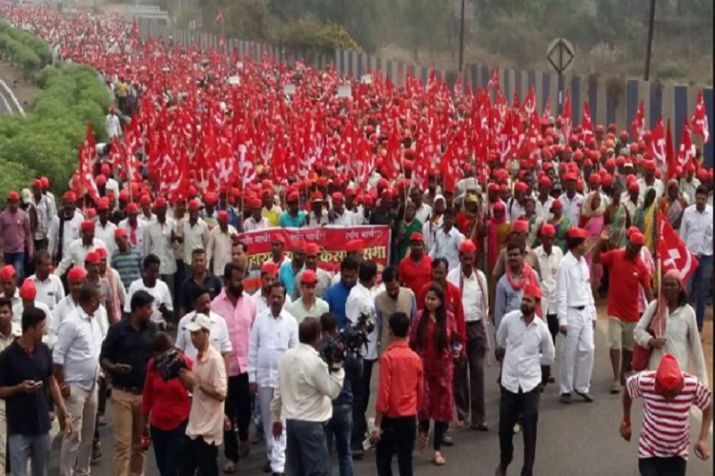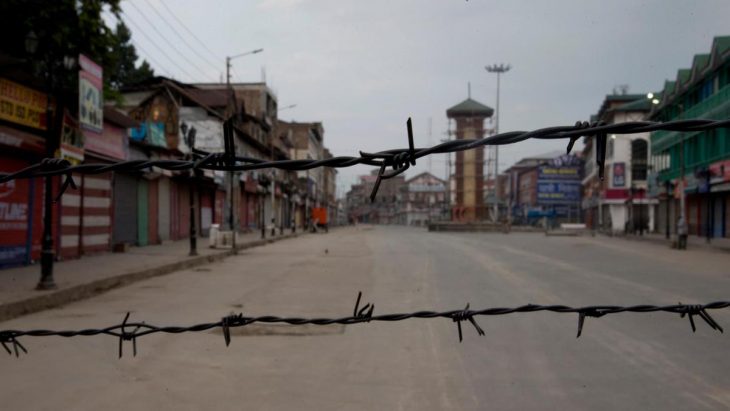The Ramlila Maidan started filling up from about 10.30 am when farmers from Delhi, Haryana and Punjab started pouring in. About 13,000 people have reached the ground and many are still on their way.
It was a sea of red at Ramlila Maidan where thousands of farmers from across the country converged on Thursday after journeys that took some as long as 36 hours to complete.
The historic ground, known for hosting big political events over the years, resonated with slogans like ‘Ayodhya nahi, karz maafi chahiye’ as farmers wearing red caps and carrying red flags started to gather. They will be spending the night at the ground before marching to Parliament on Friday to put forward their demands.
The ground started filling up from about 10.30 am when farmers from Delhi and nearby Haryana and Punjab started pouring in. About 13,000 people have reached the ground and many are still on their way. The organisers said that while some will sleep in the tents put up on the ground, others will move to nearby gurudwaras.
“The Delhi Jal board will provide us water tanks. AAP local MLAs will give us food packets. Five Gurudwaras in the Delhi region have extended their help to the farmers. Bangla Sahib Gurudwara, Sisganj Sahib, Rakabganj, Bap Sahib and Manju Ka Tila will provide accommodation to farmers for the night,” said All India Kisan Sabha (AIKS) leader Atul Anjaan.
He added that AAP volunteers have also put up tents at Anand Vihar railway station for those who arrived there and were providing them with snacks and water. However, majority of the farmers would be staying at Ramlila Maidan, Anjan said.
Students from Delhi University have also reached the ground and were helping out with the arrangements. Activists from outfits like AISA and SFI were seen guiding the farmers to get food and tents, which have names of their states written on them.
Amid the red, some farmers were also seen in other colours. While, those from Tamil Nadu were in green and carrying skulls, some were in yellow. Among other demands, the farmers want debt relief and remunerative prices for their produce.









